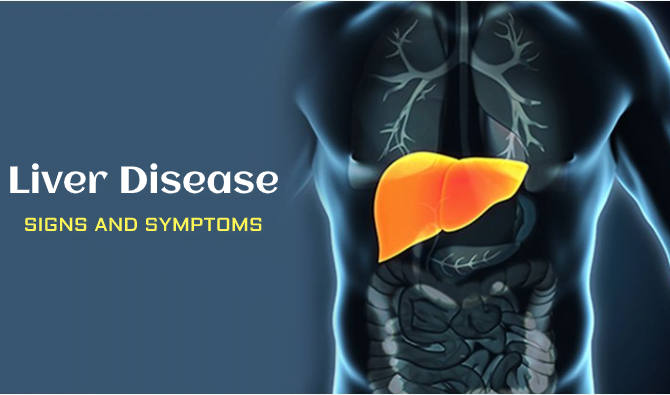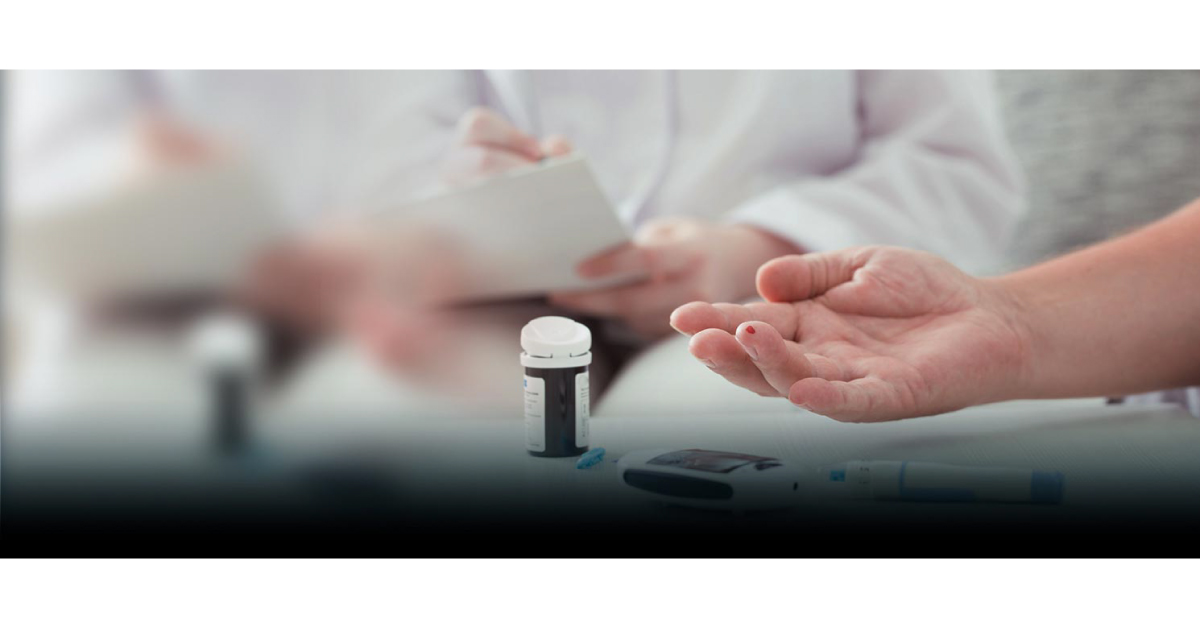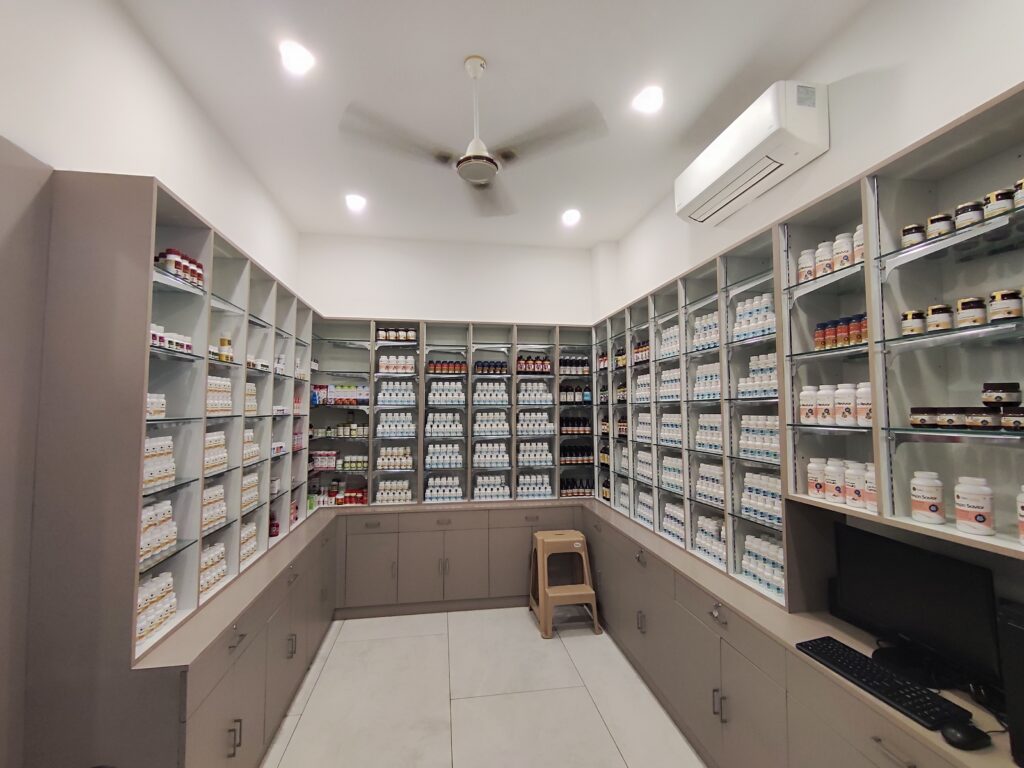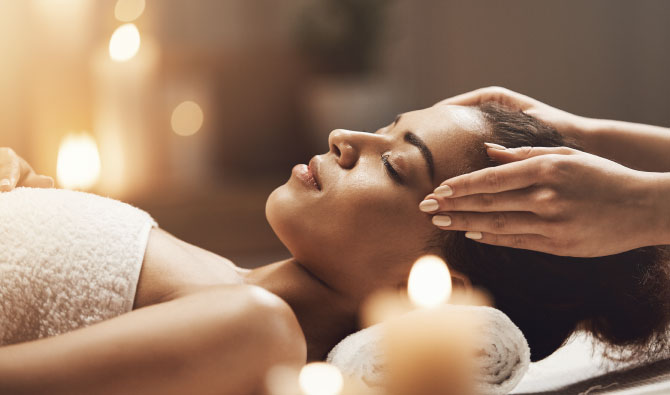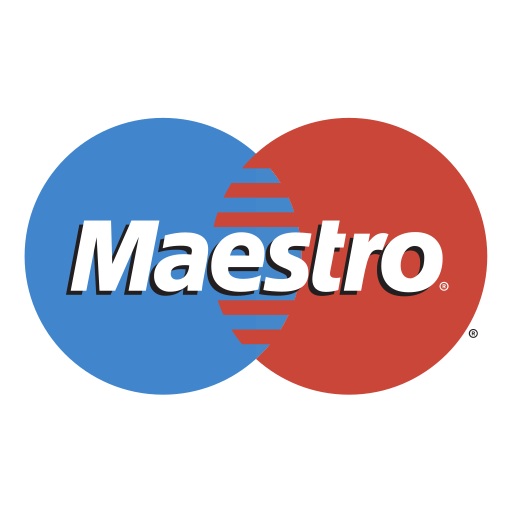INTRODUCTION TO PANCHAKARMA:
PANCHAKARMA is categorised under the shodhan therapy. “PANCH ” means five and “KARMA” means work done by the doer. Panchakarma therapy is believed to impart radical elimination of disease causing factors and maintain the equilibrium of doshas by using five purifying actions, usually without causing any harm, by agitating the doshas causing disorders in the body through actions like oleation, sweating, etc. or by gathering previously aggravated doshas in the gastrointestinal tract or expelling accumulated doshas in the tissues, considering the dosage and time, and using medication to remove them from the body through the nearest natural route is called panchakarma by knowledgeable individuals.
PURPOSE(AIM) OF PANCHAKARMA: We choose to undergo Panchakarma for the following purposes:-
- Panchakarma in healthy individuals- for the preservation of the health of a healthy person.
- Attainment of extraordinary qualities such as Rasayana (Rejuvenation therapy), etc.
- Disease-specific Panchakarma- for alleviating the disease of an ill person.
CORE PRINCIPLES OF PANCHAKARMA:
- Strotoshodhan (channel/pores cleansing)
- Bringing accumulated toxins from the body and eliminating through the nearest route.
- Non-relapse/Non-occurrence of diseases.
FIVEFOLD MEASURES COMPREHENDED AS PANCHAKARMA:
- Vamana (Therapeutic emesis)
- Virechana (Therapeutic purgation)
- BASTI-Anuvasana (Medicated oil enema)
-Asthapana (Medicated Decoction enema)
- Nasya (Nasal Insufflations)
- Raktamokshana (bloodletting)
Prior to these five Pradhan Karmas (main procedures), Purva Karma (preparatory measures) given to the patient are:
Pachana (Ama Pachana & Deepana medicines like Shunthi Kwatha may be given)
Snehana (Oleation) and
Swedana (Sudation).
After the main procedures, Pashchat Karma-post-treatment procedures (Samsarjana Krama), a special diet and life regimen (period of convalescence) is advocated as post operative measures.
VAMANA(Therapeutic emesis) :
Vamana itself is typically a part of the cleansing procedure of Panchakarma by detoxifying your body by expelling excess Kapha dosha through induced vomiting. The Kapha dosha, consisting of Earth and Water elements, plays a crucial role in maintaining stability, structure, and lubrication in the body. However, an excess of Kapha can lead to various health issues like respiratory problems, allergies, obesity, and a feeling of sluggishness. Vamana therapy is highly effective in detoxifying the body and supporting weight management by addressing the fundamental cause of obesity, which is often linked to an imbalance in the Kapha dosha. Careful selection of herbal medicines and determination of the dosage of medications used to induce Vamana therapy is tailored individually by Ayurvedic experts for each patient, taking into account their unique constitution and health needs. Regular Vamana therapy as part of a Panchakarma regimen helps in preventing the onset of chronic diseases by maintaining optimal doshic balance, improving immune function, and promoting overall health and longevity.
VIRECHANA(Therapeutic Purgation):
Virechana is the procedure by which vitiated doshas(mainly Excess pitta) are eliminated through the anal route. It involves the controlled administration of purgative substances to induce bowel movements and eliminate accumulated impurities. Virechana therapy is highly esteemed for its ability to address a wide range of both physiological and psychological conditions:
- Digestive Disorders: Virechana is notably effective in managing a spectrum of digestive issues like constipation, hyperacidity, indigestion, and Irritable Bowel Syndrome (IBS).
- Skin Diseases: By purging toxins from the body, Virechana aids in the treatment of various skin ailments, including psoriasis, eczema, and dermatitis.
- Psychological Well-being: Virechana is thought to positively influence mental well-being by helping to reduce stress, anxiety, and other psychological disorders.
- Respiratory Health: Virechana therapy is crucial in effectively handling conditions such as asthma, chronic cough, and other respiratory disorders.
BASTI(Enema):
In this procedure of panchakarma therapy, herbal decoctions, oils, or other substances are administered into the rectum or genitourinary tract. It is the most appropriate remedial measure for VATA DOSHA.
Asthapana basti (Medicated Decoction enema) strengthens the tissues and helps prevent ageing. It enhances the longevity, sharpens digestion and intellect, soothes the voice, enhances complexion, is suitable for children and elderly without causing any discomfort, eliminates all diseases, strengthens the body, increases semen and strength, and removes toxins accumulated in your body.
NASYA:
“Nasa hi shiraso dwaram” nasa (nose) is the gateway to the head. the administration of herbal oils, powders, or decoctions through this gateway spread throughout the head. It is primarily used to treat conditions related to the head and neck region. According to Acharya Charaka, when vitiated Kapha and other impurities in the head are expelled through the nasal passage, it provides immediate relief from conditions including sinus congestion, headaches, allergies, neurological disorders, and respiratory issues. Pratimarsha Nasya is often recommended as a daily self-care practice to maintain nasal health, improve breathing, and support overall well-being.
RAKTAMOKSHANA(BLOODLETTING):
Raktamokshana is composed of two words ‘Rakta’ means blood and ‘mokshana’ that is to leave. The combination of these words gives rise to “Raktamokshana,” signifying the process of bloodletting by different ways like JalaukaAvacharana (leech therapy) specifically targets the removal of vitiated blood from the body to promote overall health. Utilising leeches for bloodletting in the Raktamokshana technique offers significant benefits, including detoxification, enhanced immunity, and improved blood circulation. This specific method is strongly recommended for various conditions such as pigmentation, scars, wounds, Osteoarthritis, Rheumatoid arthritis, Gouty arthritis, Psoriatic arthritis, Atopic dermatitis, pain, swelling, itching, and skin burning.
CONCLUSION:
Sedentary lifestyles, poor dietary habits, and lack of exercise have led to an increase in lifestyle-related diseases such as obesity, diabetes, and hypertension. Panchakarma addresses these issues by promoting healthy eating habits, detoxifying the body, and restoring balance.
After completing Panchakarma therapy, patients often experience benefits such as improved digestion, enhanced energy levels, mental clarity, reduced stress, and a sense of well-being. However, the effectiveness of Panchakarma depends on various factors, including the patient’s adherence to post-therapy guidelines.
In conclusion, Panchakarma therapy is a holistic and personalised approach to wellness rooted in Ayurvedic principles. It offers a unique combination of detoxification, rejuvenation, and preventive care to promote optimal health and balance at physical, mental, and emotional levels.

